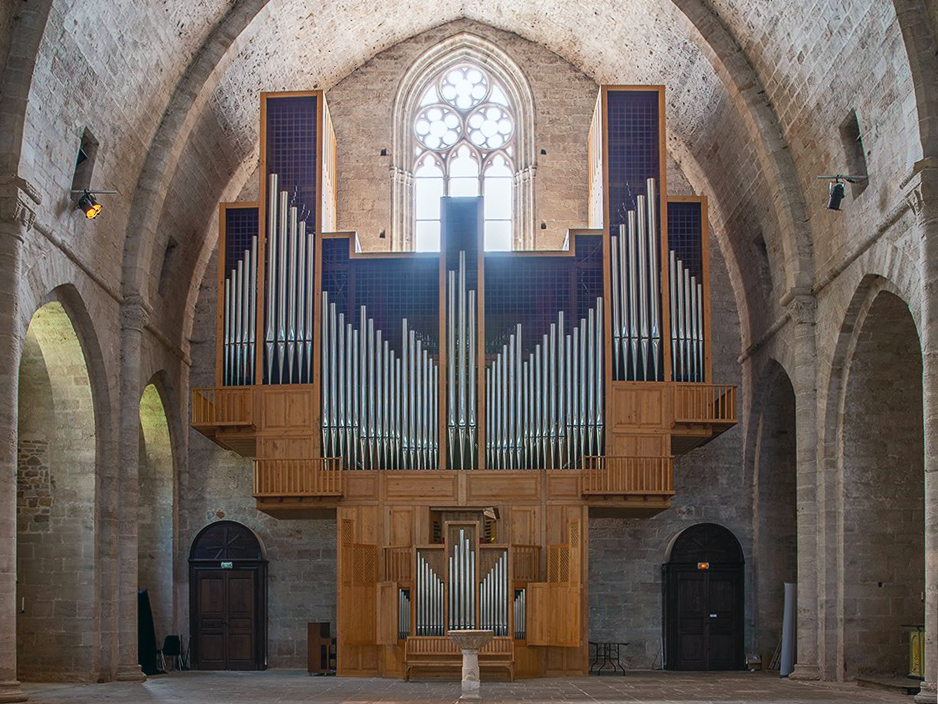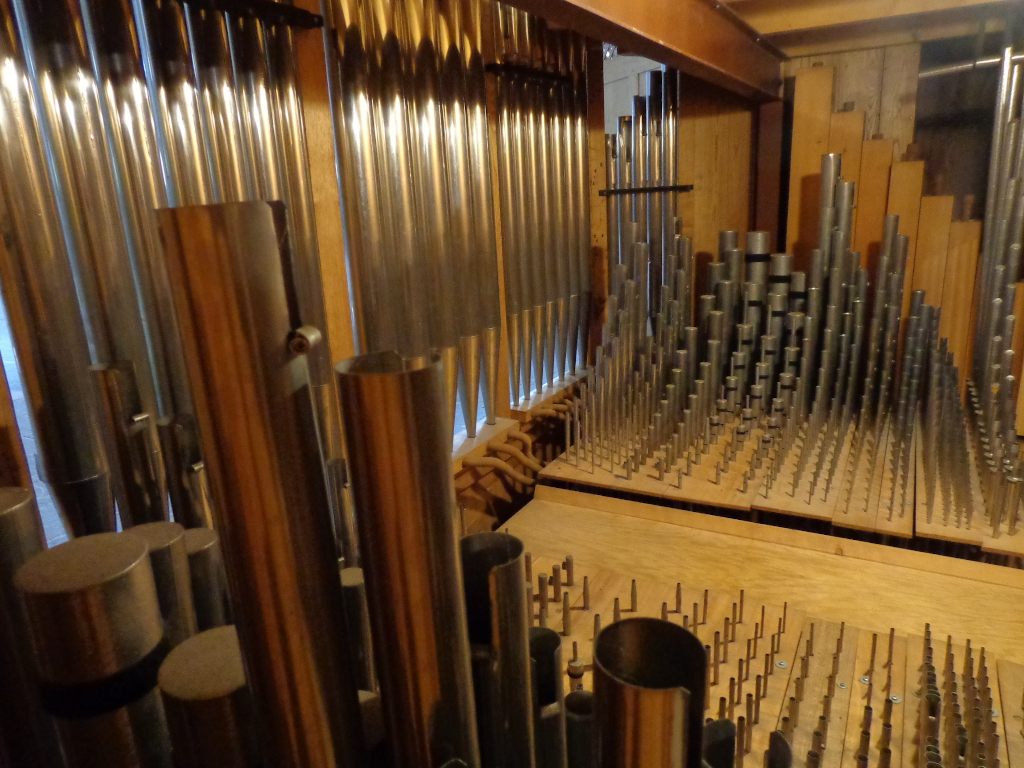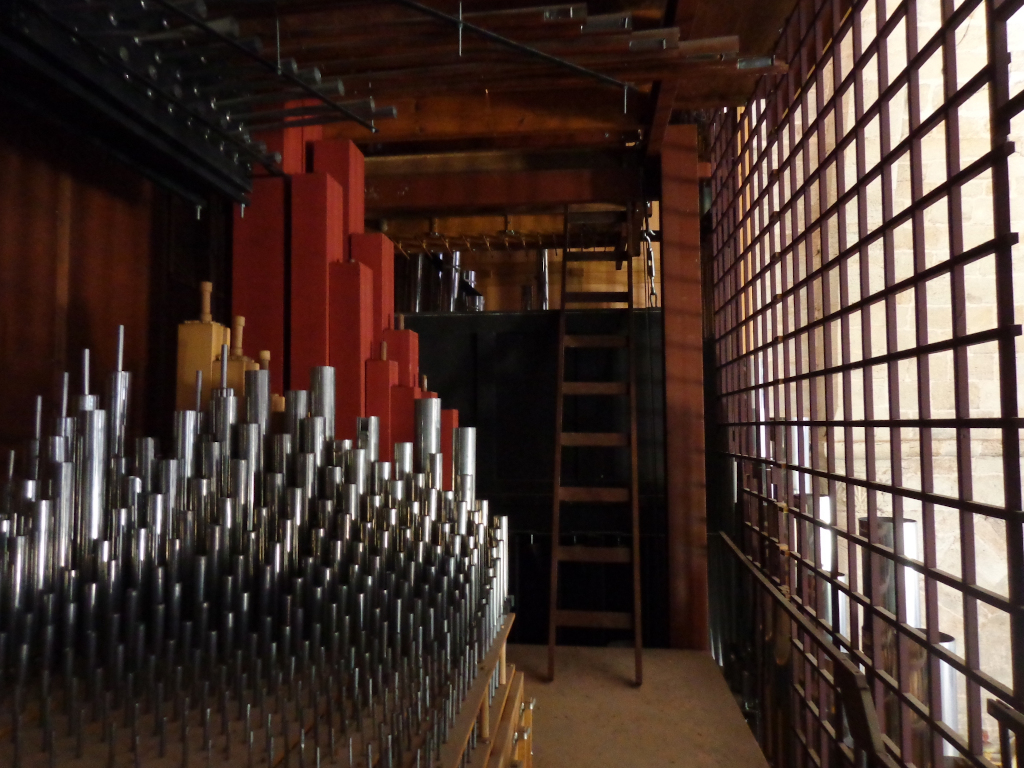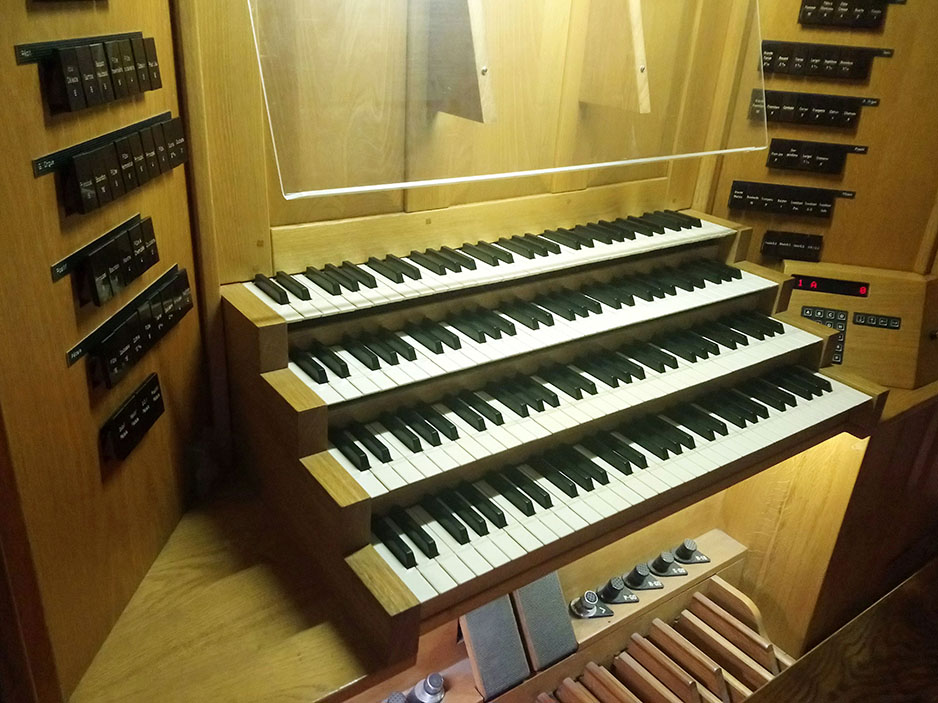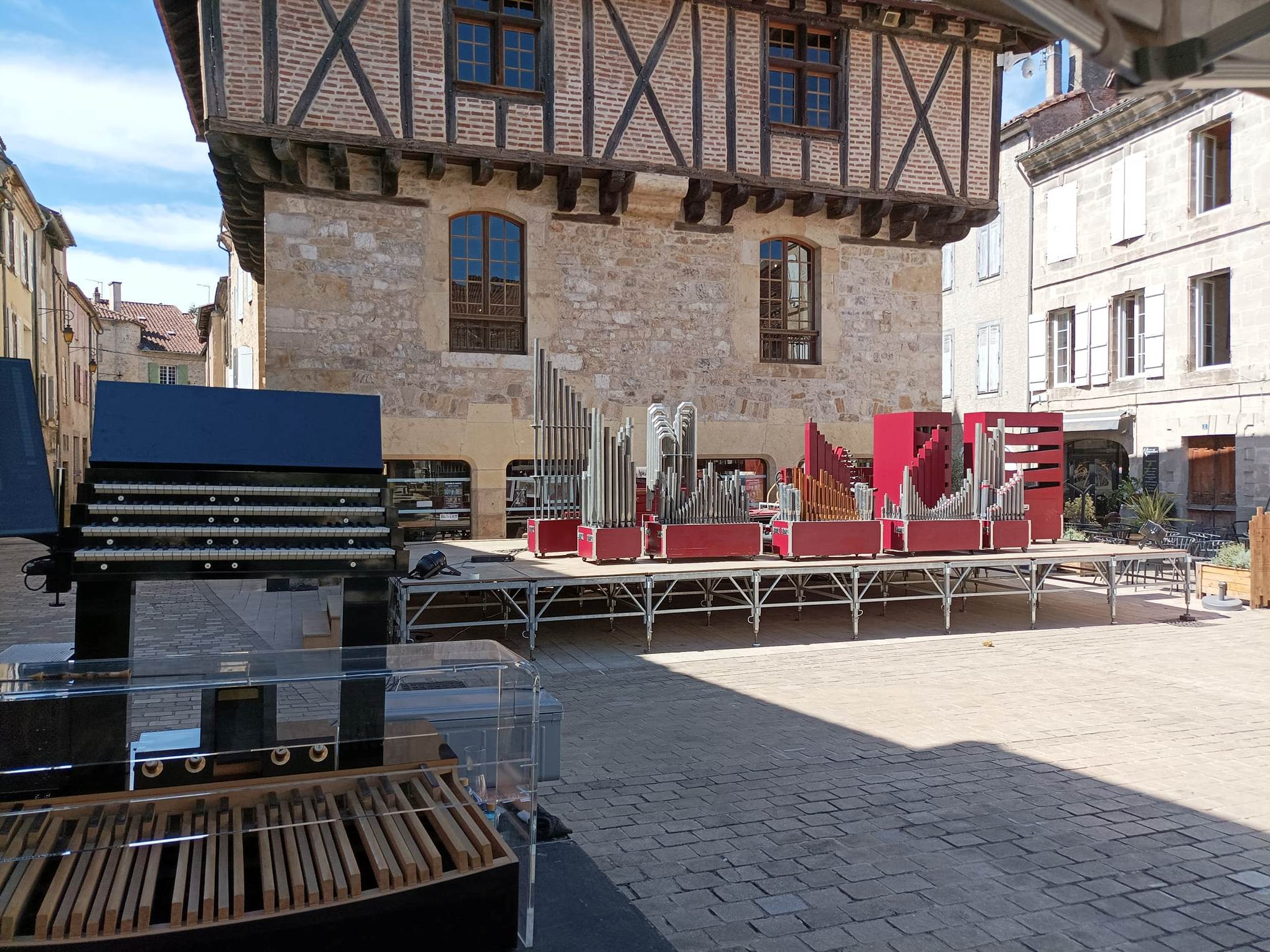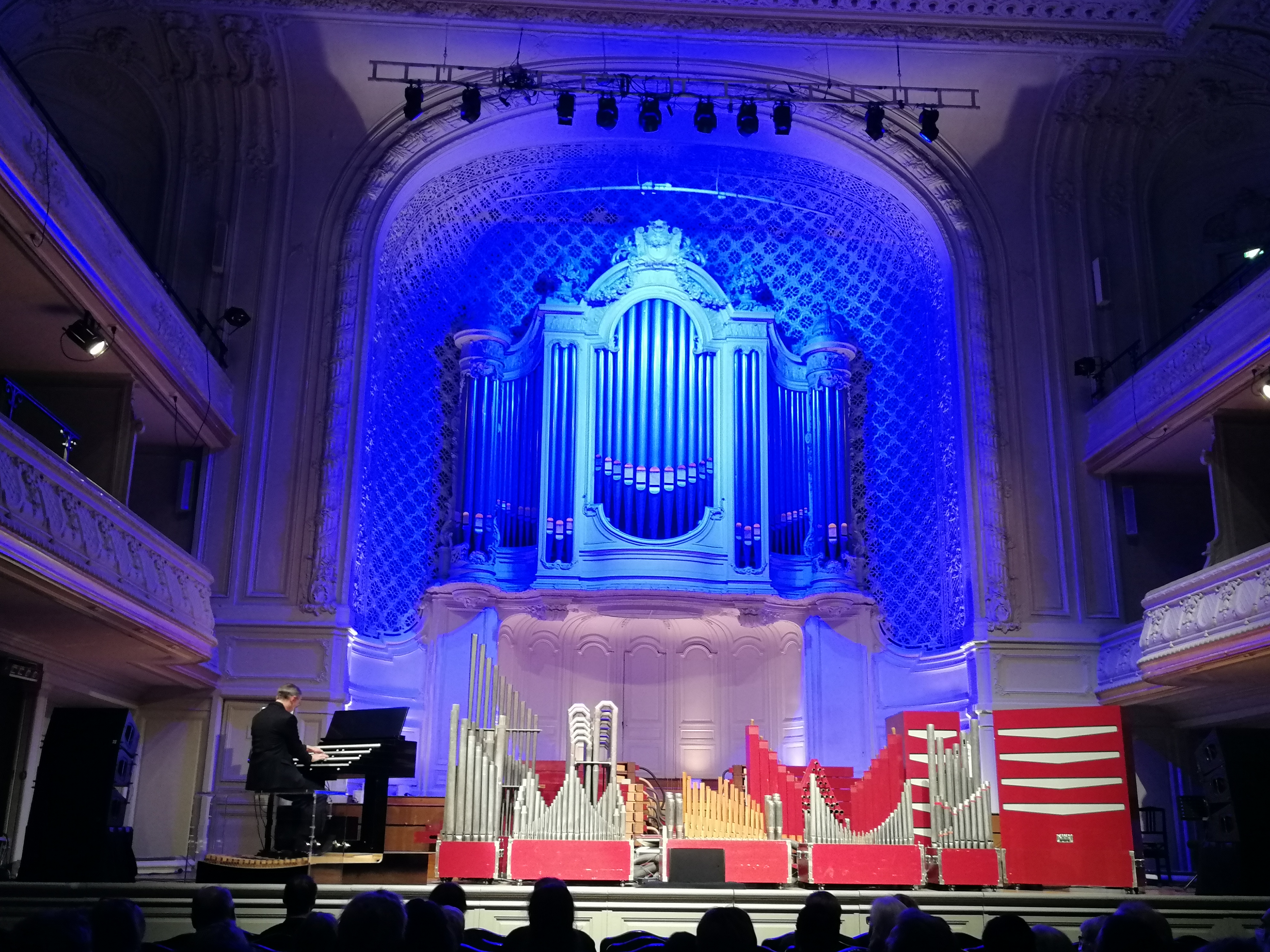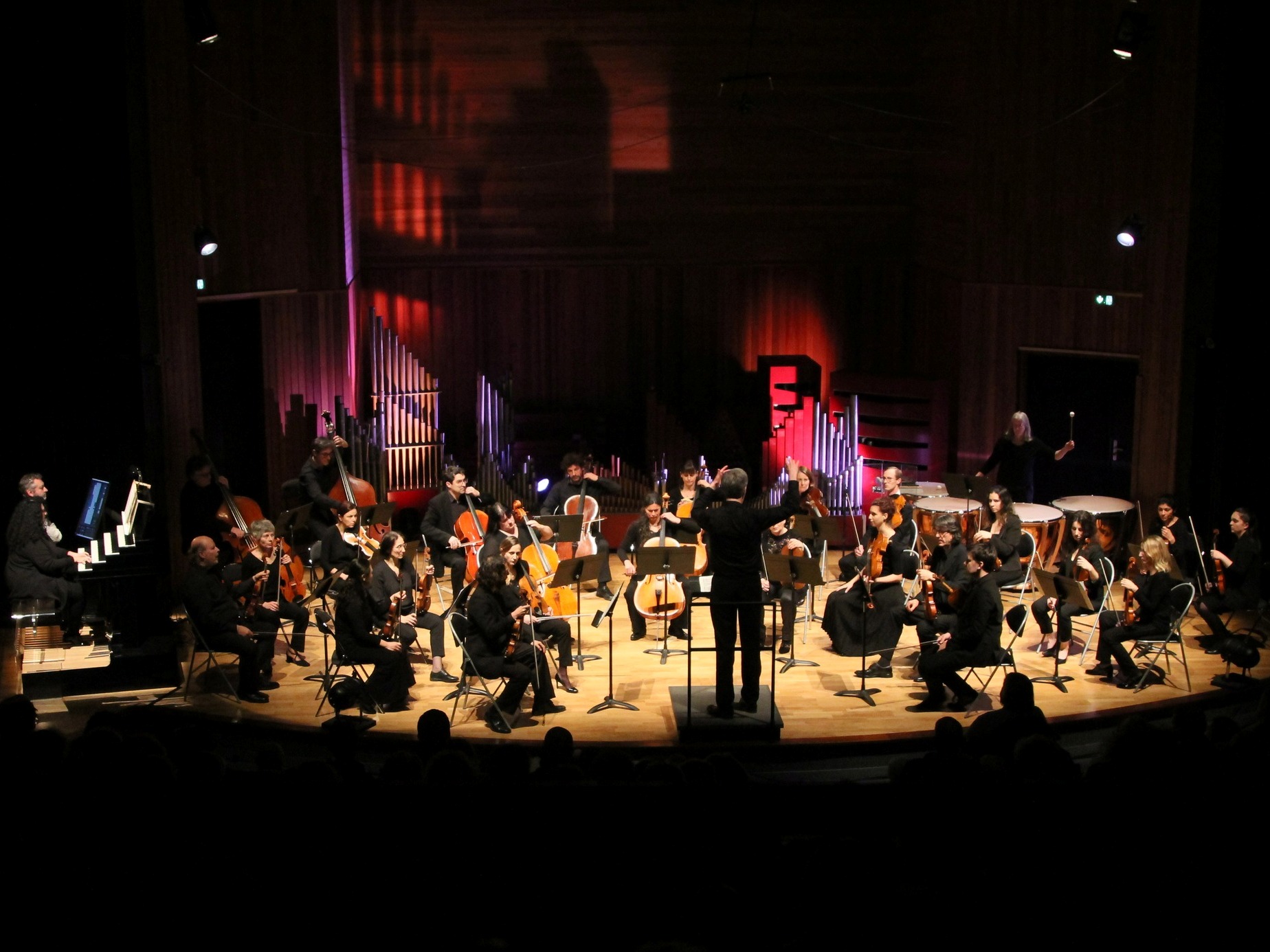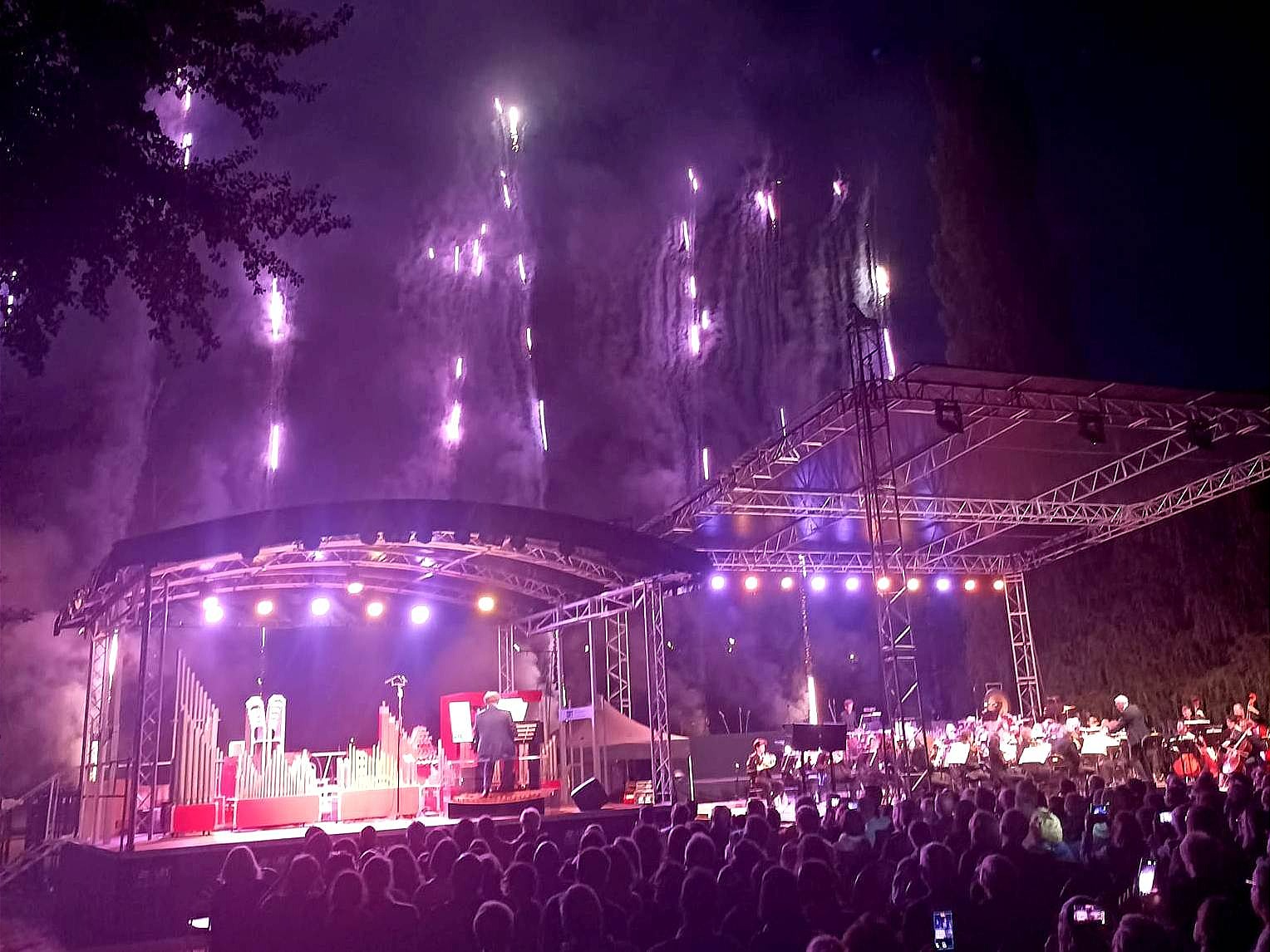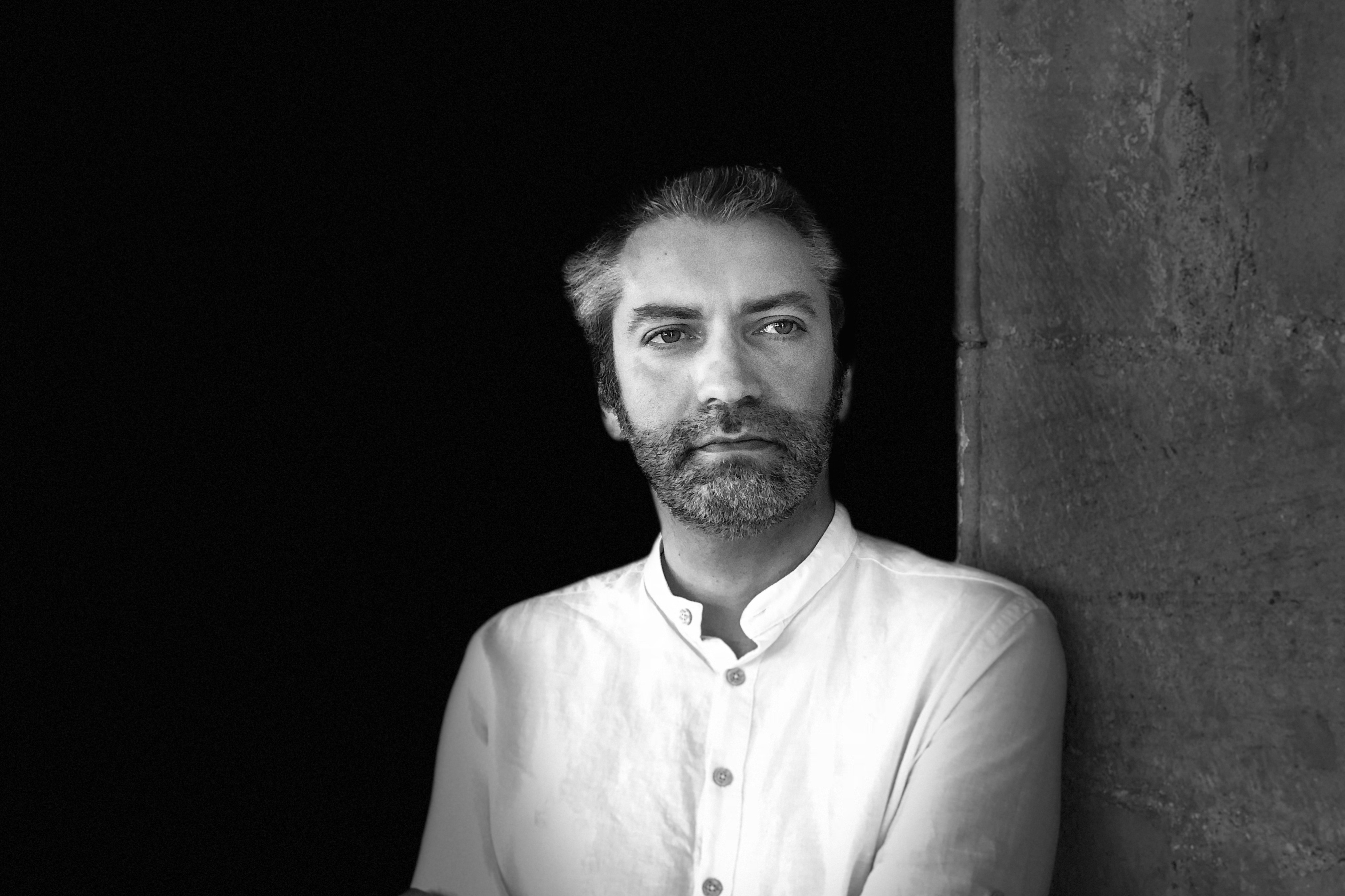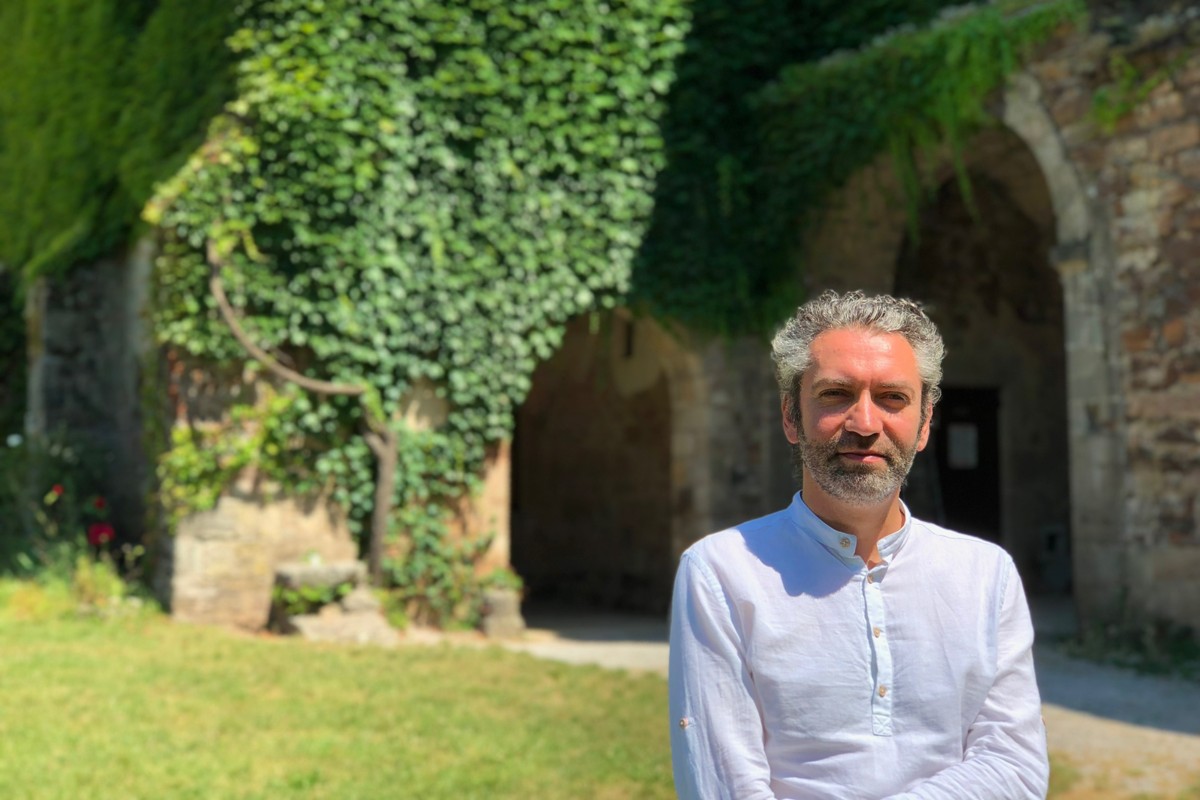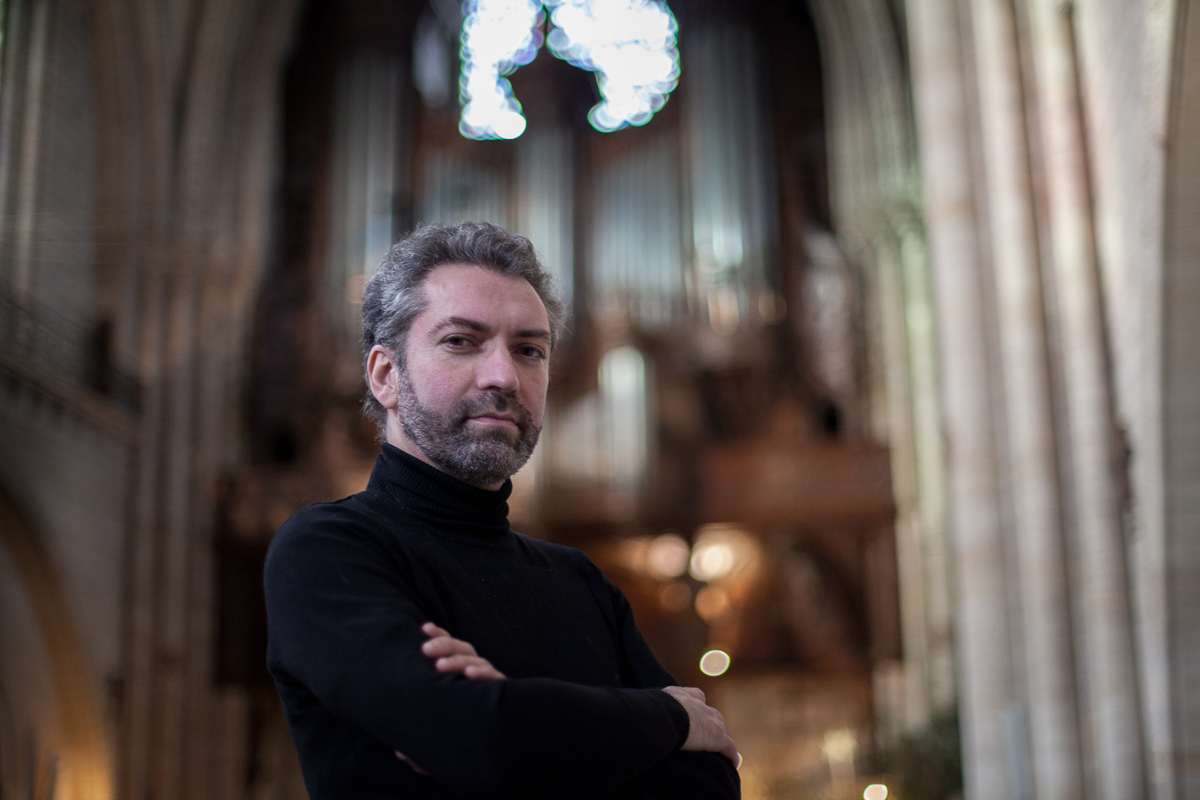Upcoming events
-

25 January 2025, 6 p.m.
Avrillé, St. Gilles church
Gulliver Organ
with Juliette Guichard, viola and Martin Billé, theorboWorks by F. Couperin

26 January 2025, 4 p.m.
Avrillé, St. Gilles church
Gulliver Organ
with Jacques Deleplancque, hornWorks by J.S. Bach, W.A. Mozart, A. Vivaldi, F. Poulenc, M. Dupré, L. Vierne, improvisation

30 January 2025, 8:30 p.m.
Avrillé, St. Gilles church
Gulliver Organ
with Catherine Chailleu-Cesbron and Philippe Richard, Gregorian chantM. Dupré : Symphonie-Passion

2 February 2025, 4 p.m.
Avrillé, St. Gilles church
Gulliver Organ
with the René d’Anjou lyric choir, dir. Jocelyn RicheWorks by G. Rossini, A. Dvorak, G. Puccini, G. Fauré

27 April 2025, 4 p.m.
St-Nazaire, church of Méan
Gulliver Organ
with the Cum Jubilo choir, dir. Bernard PinotM. Dupré : Symphonie-Passion

9 May 2025, 6 p.m.
Autun, St-Lazare-St-Sacrement high school
Jour de l'Orgue
with the organ pupils of the Conservatoire du Grand Autunois MorvanWorks by C. Franck

31 May & 1st June 2025
Cunault, prioral church
Masterclasses Organ+Improv

1st June 2025, 5 p.m.
Cunault, prioral church
Works by J.S. Bach, W.A. Mozart, R. Schumann, C. Franck, improvisation

21 June 2025, 4 p.m.
Cheviré-le-Rouge, church
inaugural concert
Works by J. Cabanilles, G. Frescobaldi, B. Marcello, D. Scarlatti, J.S. Bach, J. Haydn, W.A. Mozart

8 to 11 July 2025
Commequiers, church
Masterclasses Organ+Improv

11 July 2025, 8:30 p.m.
Commequiers, church
Works by D. Scarlatti, G.F. Haendel, J.S. Bach, improvisation

17 August 2025, 5 p.m.
Cunault, prioral church
with the Cuivres et Percussions de l’Anjou, dir. Rudy SauvageWorks by J.B. Lully, G.F. Haendel, F. Couperin, D. Scarlatti, M. Ravel, R. Wagner

19 octobre 2025, 4 p.m.
Nantes, Notre-Dame-de-Bon-Port church
Works by J.S. Bach, F. Liszt, improvisation
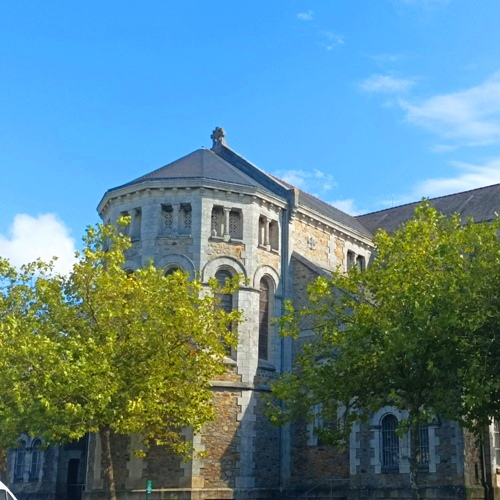
14 December 2025, 4 p.m.
St-Nazaire, church of Méan
Gulliver Organ
Works by J.S. Bach, C. Franck, improvisation
other dates
to be
announcedThe Great Organ of Sylvanès
The organ builder Gerhard Grenzing likes to say: "A good organ must grab you twice. First, when seeing it for the first time, it sweeps you away with the monumental aspect of its case; and then again, upon hearing the instrument, it delights and captivates you with its tones". Isn't that what every visitor feels when confronted with the great organ of Sylvanès? Who has not felt overwhelmed, frightened perhaps, to discover at the back of the church this colossal mass of wood and metal that contrasts with the architecture of the nave? When hearing it during a service or a concert, who does not have the feeling of being in the presence of an instrument that is different from all others -- immense, certainly, but at the same time intimate and even friendly? The sounds that could be be pure or raucous, dark or radiant, tenuous or imperious, seem to emerge unpredictably all around you. It is as though the organ has a hundred mouths, each of which is different, and expressive according to its temperament or its mood.
The uniqueness of this giant, the largest contemporary organ in Occitania, with its four keyboards and 4,600 pipes, is that it is designed as the assemblage of several autonomous organs, each having its own personality intended to combine harmoniously. As Daniel Birouste, its creator, writes, "Sylvanès' acoustics are sufficiently effective so that we can count on the diversity of sounds which serves the spatiality of the instrument rather than on the stacking of more or less powerful registers."
In cosmetics, a "perfume organ" is the cabinet on which the bottles of essences are staggered. From these, the perfumer, through subtle blendings, will create the fragrances. The Sylvanès Organ is exactly that -- a laboratory where the organist-creator will work on sound colors to give the works played a new, unheard-of timbre. What you will hear on the Sylvanès organ, you will never hear anywhere else!
- Download the organ description:
- Sylvanès.pdf
- More information:
- Sylvanes.com
The Gulliver Organ
The Modular Computer-assisted Organ
Jonathan Swift had made his character Gulliver into an adventurer who, always too big or too small in the lands he traversed, eventually succeeded by his skill in finding himself at ease. The "Gulliver" is also a mobile organ, a traveling instrument calling for new forms of concerts and shows, new repertoire, new audiences
The use of innovative techniques enabled the two brothers Olivier and Stéphane Robert who built it to dissociate its elements and reduce its dimensions in order to make it transportable, easily available on stages of various configurations and in direct visual and acoustic contact with the audience.
If the sound does indeed come from the pipes of an authentic organ, as bequeathed to us by centuries of artistic craftsmanship, the living breath of those pipes achieves by this new proximity, a purity and a frankness. This reinforces its emotional power and will allow the organ to dialogue now more familiarly with other musical ensembles. All stylistic boundaries are now broken!
Internal mechanisms, on the other hand, have given way to computerized transmission. The OrganoLogic software designed by Valentin Leroux, compatible with the MIDI standard, provides musicians with fluidity and variety in the use of sound colours that go far beyond the uses to which they have been accustomed for generations by the practice of the traditional instruments of our churches.
The Gulliver Organ happens to be the last one to be carried out by the late Olivier Robert (1965-2021). His voicing is astonishing by its fullness and subtle transitions between the timbres which give the illusion of a much richer and larger organ than any traditional instrument of comparable dimensions.
To the listener who discovers this organ on a human scale, its twenty modules appear on stage like so many characters in a theatrical dialogue. In addition to the four-manual console, a whole mechanism unknown up to this time, a multitude of pipes of wood or metal of all sizes and shapes, horizontal or vertical is being unveiled.
The motionless choreography of the organist's playing and the dialogue of the sounds on the different keyboards, the scenic spatialization of the sound, all of this is likely to evoke a new perception of the organ by the public and perhaps also by the musicians themselves.
- Download the organ description:
- Gulliver.pdf
- Download the organ presentation:
- Gulliver presentation (French).pdf
- Download the interview with Henri-Franck Beaupérin in "Orgues nouvelles":
- Gulliver orgues nouvelles (French).pdf
- More information:
- Facebook.com
The Gulliver Organ in concert:
-

25 January to 6 February 2025
Avrillé, St. Gilles church
The Crazy Organ Week

25 January 2025, 4 p.m.
Avrillé, St. Gilles church
Henri-Franck Beaupérin
with Juliette Guichard, viola and Martin Billé, theorbo
26 January 2025, 4 p.m.
Avrillé, St. Gilles church
Henri-Franck Beaupérin
with Jacques Deleplancque, horn
30 January 2025, 8:30 p.m.
Avrillé, St. Gilles church
Henri-Franck Beaupérin
with Catherine Chailleu-Cesbron and Philippe Richard, Gregorian chant
31 January 2025, 8:30 p.m.
Avrillé, St. Gilles church
Pupils of the Avrillé music school

2 February 2025, 4 p.m.
Avrillé, St. Gilles church
Henri-Franck Beaupérin
with the René d’Anjou lyric choir, dir. Jocelyn Riche
27 April 2025, 4 p.m.
St-Nazaire, church of Méan
Henri-Franck Beaupérin
with the Cum Jubilo choir, dir. Bernard Pinot
22 June 2025, 4 p.m.
St-Nazaire, church of Méan
Alain Agazzi, Martha Borer and Patrick Guichon

14 December 2025, 4 p.m.
St-Nazaire, church of Méan
Henri-Franck Beaupérin and Marie-Thérèse Jehan
other dates
to be
announcedGallery
